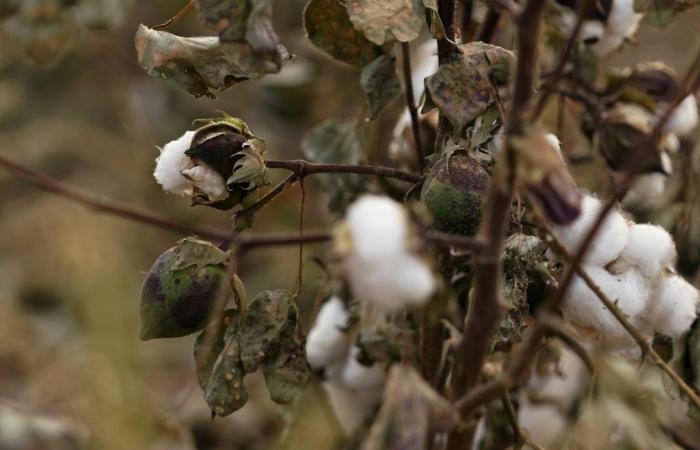In ten years, Africa has become hyper-dependent on Bangladesh to sell its cotton. And this is starting to worry the sector, because Bangladesh has been a country that has been very economically weakened for months, with manufacturers buckling under the weight of debt. This is particularly the case for spinning mills.
The progression of African cotton on the Indian subcontinent is spectacular: more than 6 out of 10 bales produced in West Africa are now purchased in Bangladesh. And we are talking about 8 bales out of 10 if we add the cotton which leaves at Pakistan and in Vietnam, specifies trader Armand Ezerzer (Mambo Commodities) who looked into the subject for the twentieth meeting of the African Cotton Association (ACA) which was held in Abidjan last month.
The dependence of African cotton on these three Asian countries has become so great that it is now a source of concern in the sector. Stakeholders are particularly questioning the market shares taken by Africa in Bangladesh, the second largest importer of cotton behind China, and a country with a very weakened local economic fabric.
Hyper-indebted spinning mills
Local spinning mills have increased their production capacity at the cost of enormous investments, and are today hyper-indebted to banks, often small and themselves undercapitalized. Brand-new factories required to operate to repay their loans have become less reliable buyers, being themselves forced to sell off their yarn to textile groups who are fighting for their survival in the face of more than sluggish consumer demand.
Cotton purchase contracts which are not honored by the cotton spinning mills Bangladesh are increasing, to the detriment of African cotton which is not shipped and accumulates. Caught between their suppliers and their buyers, cotton traders recognize their powerlessness to get paid on time, when they have succeeded in selling cotton.
Competition from mechanized cotton
Besides the risk of depending too much on a “ bad » pays, African cotton faces increasingly tough competition from machine-picked cotton. Because even Bangladesh, which today obtains 40% of its supplies from West Africa, is increasingly fond of this cotton.
To change the situation and find new buyers, several avenues are being explored: improving the quality of African cotton which still has the reputation of being too contaminated, or making a real marketing effort, to remind people that the continent’s white gold , because it is picked by hand, has unique characteristics – preserved fibers and excellent spinnability.
Read alsoRussian wheat, a point of “attention” in the grain markets






